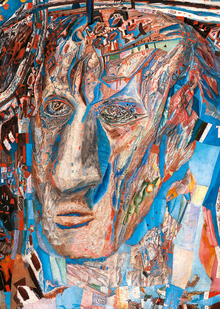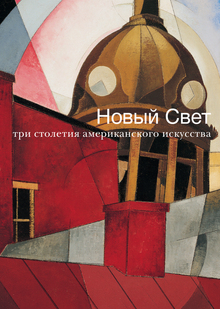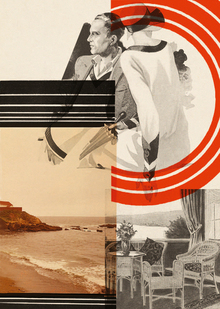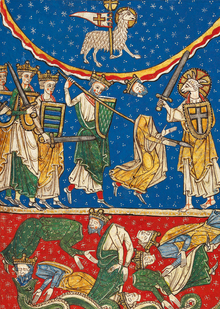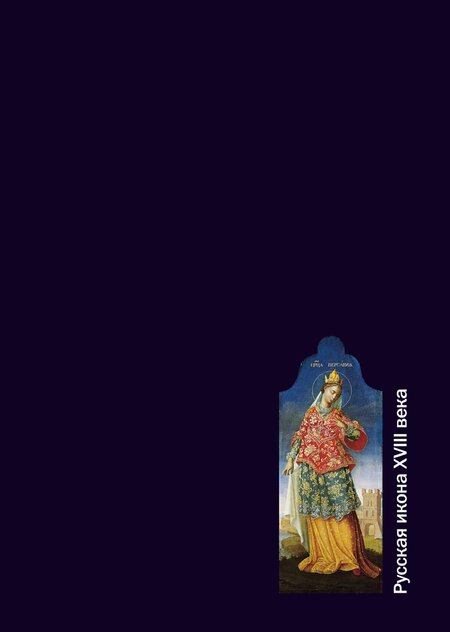
Russian Iconsof the Eighteenth Century
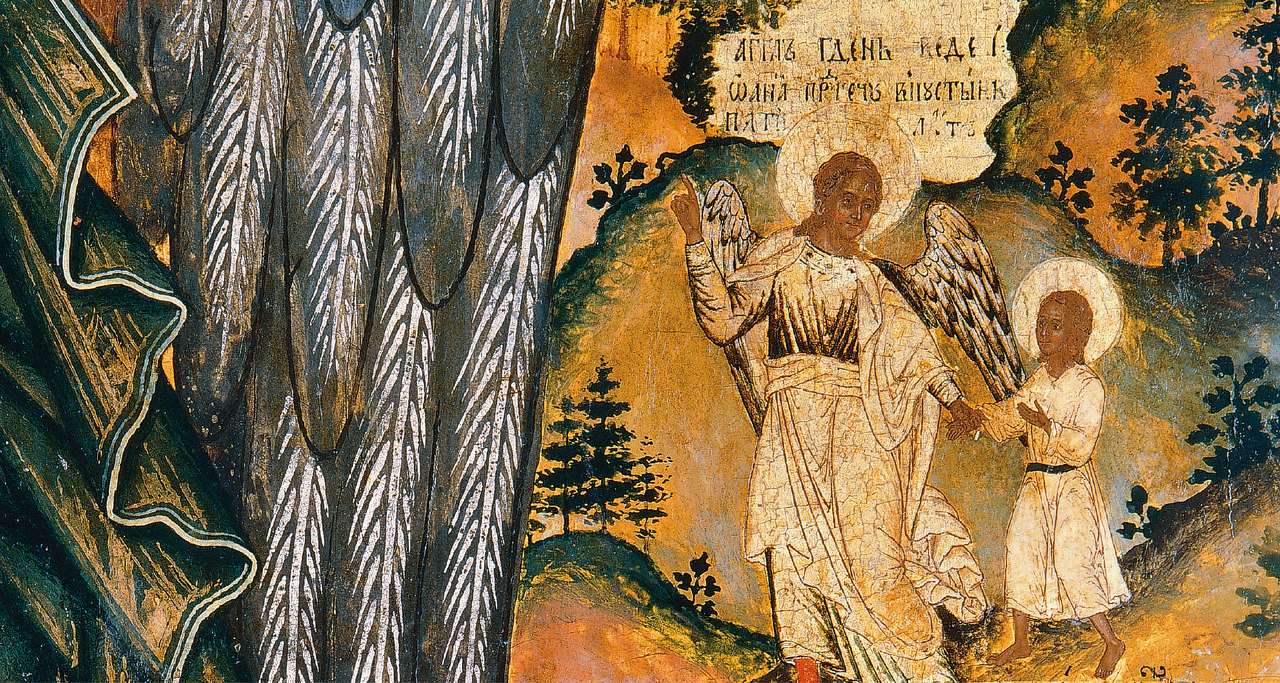

The 18th century is the least studied and, consequently, least appreciated period in the history of Russian icon painting. While continuing to perform its original function of a devotional image, the icon changed its appearance in accordance with the ideological and artistic ideas of the day. Some new and independent trends emerged in both professional and folk painting.
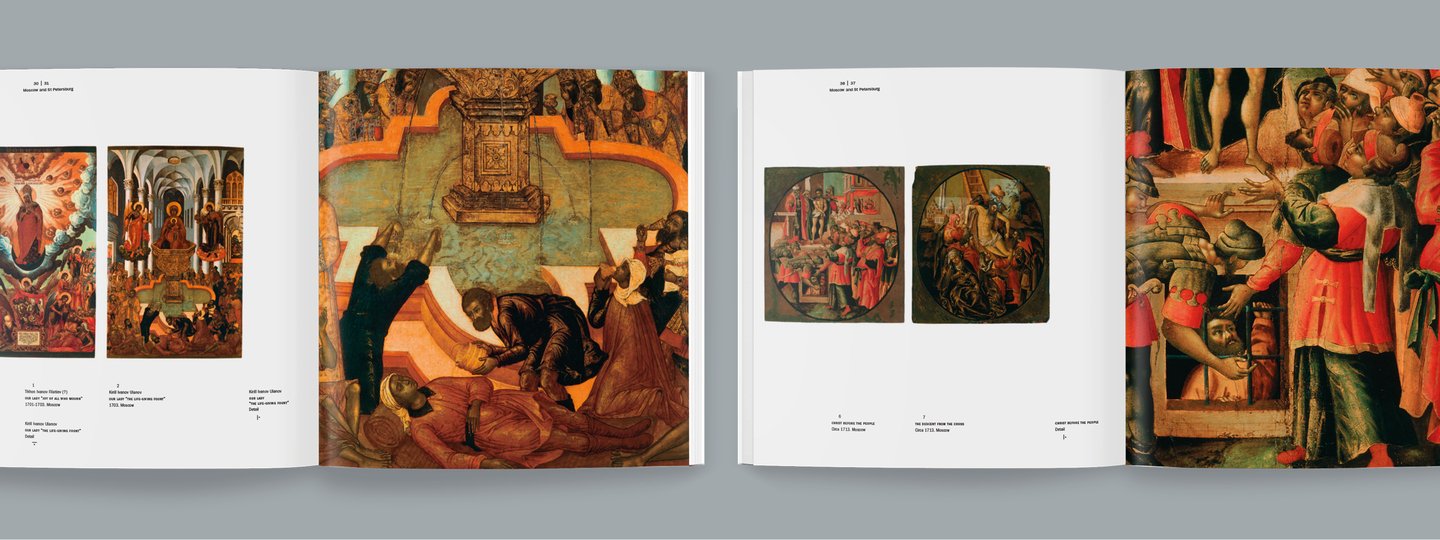
There were several times more icons produced in the 18th century than secular paintings, and in all probability they expressed more fully the national aesthetic ideal of Russian society as a whole at that time, regardless of social differences.
Our book is perhaps the first attempt to explore this terra incognita. Its aim is to present the 18th-century Russian icon as a major independent phenomenon, to understand the logic behind the development of its imagery against the background of changing European artistic styles prevalent in the secular genres, and to show the broad scope of its regional variety and its professional and folk trends. For illustrative purposes deliberate selection has been made of icons that have not been published before and are located at museums and churches throughout the length and breadth of Russia. Generally
